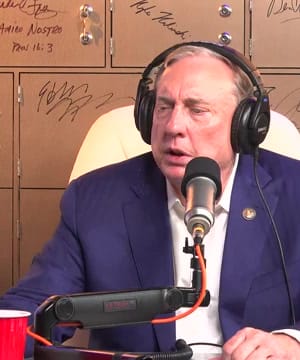Constitutional Amendments
Sources:
Constitutional amendments are central to the ongoing discussion about the U.S. Constitution’s flexibility and relevance. Here are some highlights based on expert discussions:
-
Challenges and Processes:
- Constitutional Convention: Terry Moe explains the difficulties and uncertainties in calling for a constitutional convention, including concerns about its scope and potential for unforeseen changes [1].
- Amendment Approval: Ben Shapiro outlines Article Five, highlighting that amendments require a two-thirds majority in Congress or state legislatures, followed by ratification from three-fourths of the states [2].
-
Historical Context and Impact:
- Long-lasting Document: Franita Tolson discusses the Constitution’s dual nature—conservative in protecting foundational ideas but progressive through its allowance for change [2].
- Supreme Court’s Role: Tolson also emphasizes that much of the constitutional evolution has been driven by Supreme Court interpretations, which can effectively alter its application without formal amendments [2].
-
Modern Relevance and Criticisms:
- Outdated Structures: Douglas Macgregor argues that while the Constitution was designed in the 1780s, it's becoming less relevant for modern governance, suggesting a need to rethink its structure [3].
- Debate and Discussion: David Mamet underscores the importance of bipartisan debate and adherence to constitutional rules to prevent authoritarianism [4].
-
Specific Amendments:
- Recent Amendments: The most recent, the 27th Amendment in 1992, dealt with congressional salaries. Tolson points out its significance despite the long period since the last amendment [5].
- Rapid Ratification: The 26th Amendment, which lowered the voting age to 18, was adopted swiftly in response to Vietnam War-era concerns about the draft and voting rights [5].
These discussions highlight both the enduring significance and the challenging processes surrounding constitutional amendments, with a range of expert perspectives on how and why the Constitution evolves over time.
RELATED QUESTIONS-

